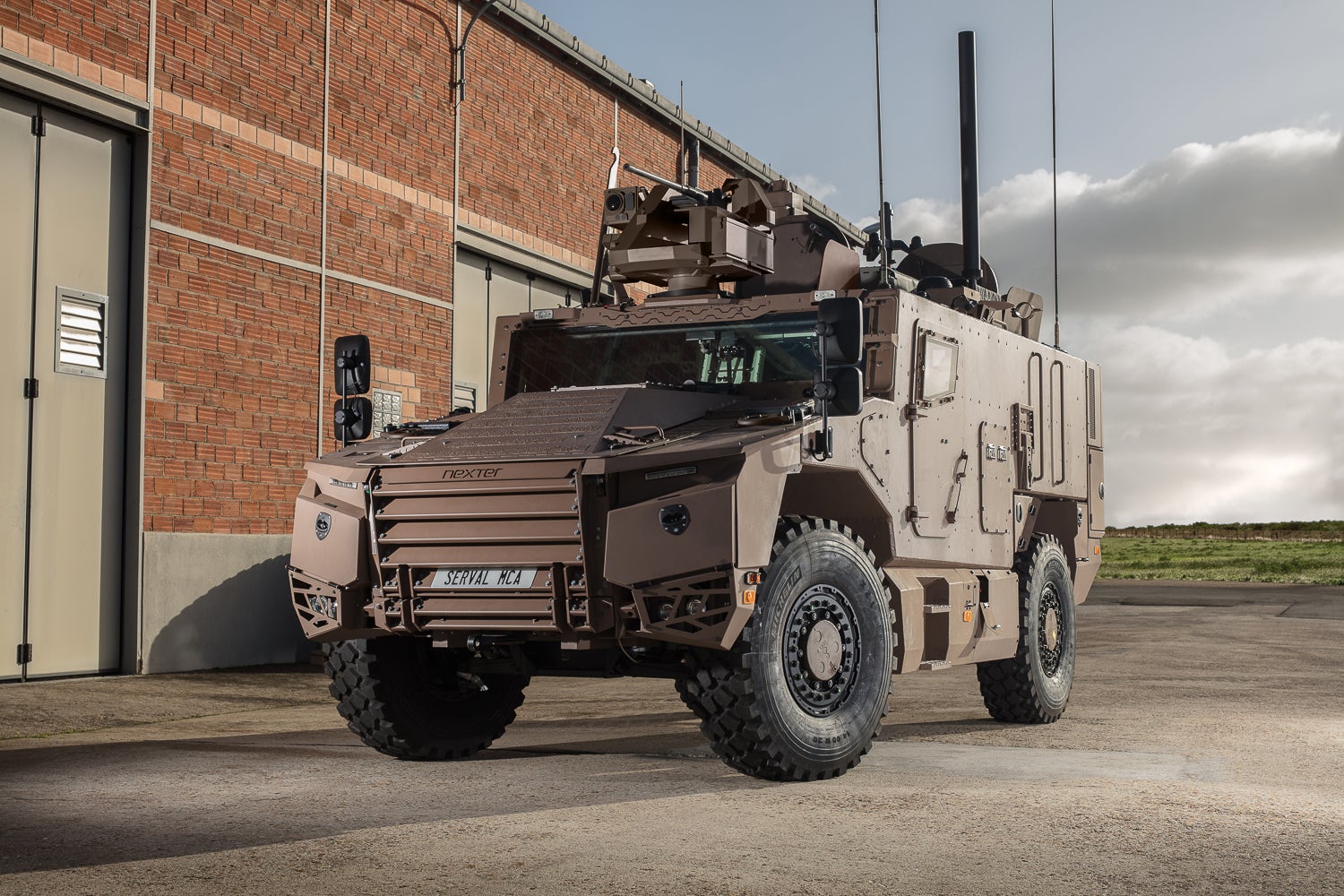
Luxembourg has budgeted a maximum of €367m (£315m) to cover the cost of the vehicles, weapons and communication subsystems, as well as logistical support to cover an estimated 15 to 20-year service life.
A document released by the country’s defence ministry highlighted neighbouring France’s Scorpion programme as a potential solution to the requirement, and would see Luxembourg follow in the footsteps of another neighbour Belgium which has also bought into the Scorpion programme.
The acquisition programme is being supported by NATO’s Support and Procurement Agency based in Capellen, Luxembourg.
The country currently operates US-made Humvees and German Dingo 2s.
Luxembourg’s Humvees have been in service since 1996, and the vehicles armour package is seen as not suitable for protection against explosive devices used in operating environments like Mali.
The Humvees unprotected gunner station is also a point of concern, and the vehicles are seen as obsolete.
The Dingo 2 has been in service since 2010 and is generally seen as protected enough to operate in areas like Mali and Afghanistan; however, its remote weapons station is seen as obsolete.
Upgrading the Humvees is seen as a pointless endeavour, and upgrading the Dingo 2 would be prohibitively expensive and only ensure service until 2032.
A study by the NATO procurement body concluded that the best solution for Luxembourg would be to replace the Hummer and Dingo 2 platform with a single-vehicle type to solve training issues and acquire a vehicle from France’s Scorpion programme.
Royal United Services Institute land warfare research fellow, Jack Watling, told Army Technology: “The HMMWV has been the workhorse of many armies for decades. With JLTV the US has not pursued a like for like replacement. JLTV is larger, heavier, and more logistically complicated.
“For a small military-like Luxembourg, that is unlikely to deploy regularly to high threat environments, it makes sense to opt for lighter, simpler vehicles. The French Scorpion programme has delivered an impressive and well-tested offering that is a capability improvement over HMMWV but remains optimised for a wider set of tasks than JLTV.”
Across the Scorpion programme, France is developing 6,000 new vehicles across new platforms and upgrades to in-service vehicles.
Included in the programme is the 6×6 multi-role armoured vehicle, the Griffon, which will replace some of France’s existing Véhicule de l’avant blindé (VABs). France has ordered 1,872 Griffons across a number of variants.
Deliveries of the first lot of Griffon vehicles began in 2018 and will continue for several years.
Under the programme, France is also set to acquire 2,038 Serval 4×4s, named after France’s military operation in Mali in 2013-14. Serval is billed as the future ‘workhorse’ of the French Army.
The Serval can carry a squad of eight, including a driver and a gunner, and features a fully formed aluminium V-shaped hull for increased blast resistance.
The first Servals will be delivered in 2022 and roll-out will continue through to 2032. The vehicle will come in 16 different variants, all of which are in simultaneous development, meaning they can be ordered and delivered as required.
Adopting the French vehicles would give Luxembourg access to a large and conveniently located supply chain, and ensure support of the vehicles into the future due to France and Belgium’s commitment to the platforms.
Operating Scorpion vehicles would also ensure interoperability for the combined Belgian-Luxembourg battalion that is part of the NATO Response Force.



